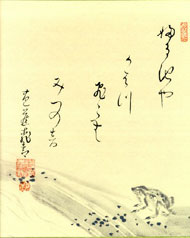 |
||
| Probably the most well-known haiku is Basho’s poem about a frog and a pond. See Rexroth’s translation at right or 31 translations on the Bureau of Public Secrets or Chad Sweeny’s 33 translations. | ||
Over the past couple of years I’ve been collecting haiku resources on the web, and, since hearing this talk, haiga as well. Here are some recent finds:
- Daily Haiku, “a print and online literary publication that exists to promote and preserve the written art of haiku.” One haiku is published every day on their website.
- John Hockensmith, like me, tries to write a haiku every day. His blog is no more moon poems. He also suggested Issa’s Untidy Hut, a blog by Don Wentworth, who publishes a small-poetry magazine called The Lilliput Review.
- Lidia Rozmus’ haiga, with brush strokes and caligraphy.
- Lastly, because I like found poetry: I recently found Haiku DB, which scours the internet for unintentional haikus. The about page says
take lots of data
look for five seven and five
use a cursive font


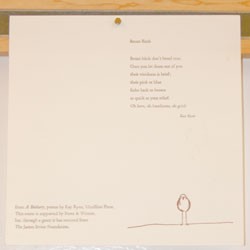
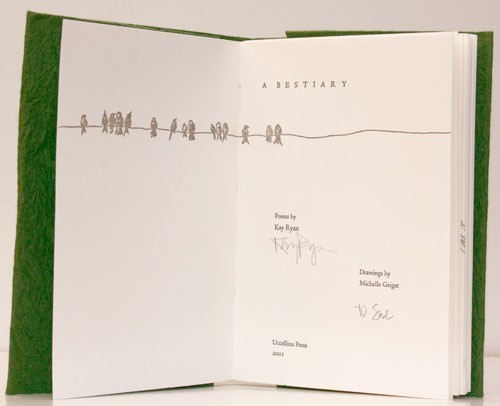
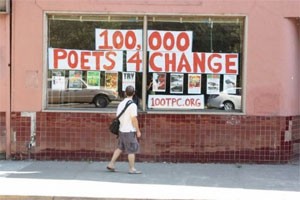
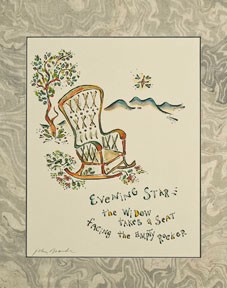
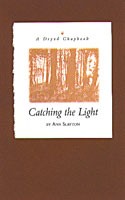
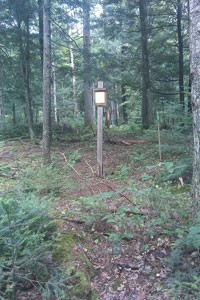 One of the walking trails near my sister’s house in Vermont has a series of sign posts with a changing collection of local poetry. I liked that the posts, like the one pictured to the left, are off the path a bit, so you have to look for them. And I especially enjoyed the poem below, contrasting the east and west coasts.
One of the walking trails near my sister’s house in Vermont has a series of sign posts with a changing collection of local poetry. I liked that the posts, like the one pictured to the left, are off the path a bit, so you have to look for them. And I especially enjoyed the poem below, contrasting the east and west coasts.